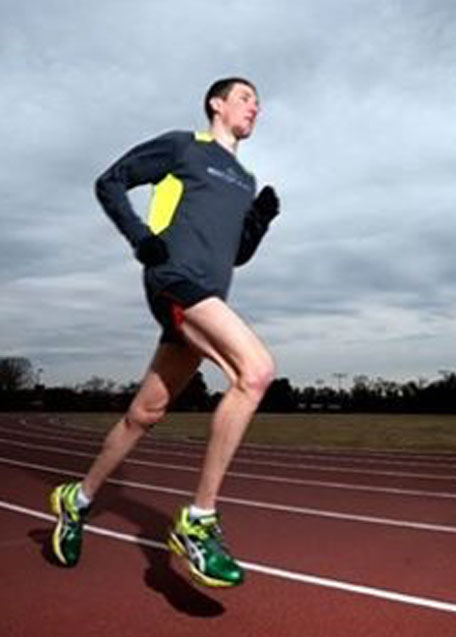Frequently Asked Questions
What are Adhesions?
Adhesions are one of the most common, most under assessed, and mistreated condition in the human body. Adhesions acts like glue on muscles that make them less flexible, weaker, and eventually causes pain. If you have tried multiple providers and therapies, and had pain for months and years, adhesions are very likely a part of the problem. It can be fixed with expert treatment.
How long is the comprehensive exam and what does it involve?
The examination visit typically lasts 30 minutes and entails an Integrative Diagnosis® exam, review of past medical history, accurate assessment, report of findings, and treatment plan. Your specialist will also discuss any other complicating factors that may be present or could potentially become a problem. Please bring any relevant radiology reports. No treatment is done on the initial examination.
How do I know if the specialists will be able to help?
If you have any muscle, joint, or nerve problems then you are a good candidate. This is our specialist’s expertise. If you have also failed other treatments or haven’t reached your maximum level of improvement, then you are also a good candidate. We specialize in finding and fixing fibrous adhesions, which is a difficult problem to find and even more difficult to fix. Fibrous adhesions are arguably the most common cause of limited flexibility, weakness, and pain yet is extremely under assessed. Integrative Diagnosis® trained providers can help with this problem.
Do you take my insurance?
Our office does not accept any insurance. Insurance companies don’t care if you get better–they only care about saving themselves money. They also put up arbitrary barriers and ultimately keep therapists from providing excellent care. Insurance doesn’t reimburse for quality or successful outcomes. Our focus is on YOU and making sure you receive the highest quality treatment possible. This yields incredible results! We do accept cash, check, major credit cards, health savings accounts (HSA), and flexible spending accounts (FSA).
How long are follow up visits?
Follow up visits are 10-15 minutes. The goal of any treatment is to get you back to functioning as well as possible without pain and limitation so you will be given specific guidance that you are expected to follow if you want the best resolution to your problem. This is a team approach—not a passive one.
What should I wear?
Please come in workout attire, and treatment is most effective directly onto the skin. For shoulder problems, bring a tank top. For problems from the lower back or below, wear shorts that allow for movement. Be ready at the time of treatment. If you need to change, please arrive early to do so.
Are there any other treatments that can do the same thing?
The short answer is not exactly. There are many manual treatments and instrument treatments that seem similar from the patient perspective, but the proof is in the results. Sustainable improvements in pain and range of motion are the unique differences that give you results.
How long does a treatment plan last and when will I get pain relief?
On average, a single region of complaint (i.e. shoulder or low back) can reach full resolution or maximum medical improvement in an average of 12 visits. Severe cases can go up to 20 visits or more. Our therapists typically see sustainable functional changes that are measured within 1-2 visits. Most patients begin to feel sustainable improvements in pain within 2-3 visits.
Testimonial

"Since moving to Greenville in December of 2013, I have seen Brad at Performance Therapy on a weekly basis. Not only has Performance Therapy helped get me healthy from prior injuries but they have also continued to keep me healthy. As a professional runner, the most difficult aspect of training for me is staying healthy. With the expert treatment that Brad offers I have been able to not only stay healthy but also feel 100% each and every day. I have been fortunate enough to get in treatment from Brad quickly whenever minor issues arise. This has allowed me to address minor aches and pains before they turn into major issues. Performance Therapy not only provides expert knowledge and treatment for various issues, they also provide a very friendly and comfortable atmosphere. I am very grateful for the services of Performance Therapy as they have allowed me to continue to pursue my professional dreams."
Ricky Flynn
Greenville Track Club Elite
